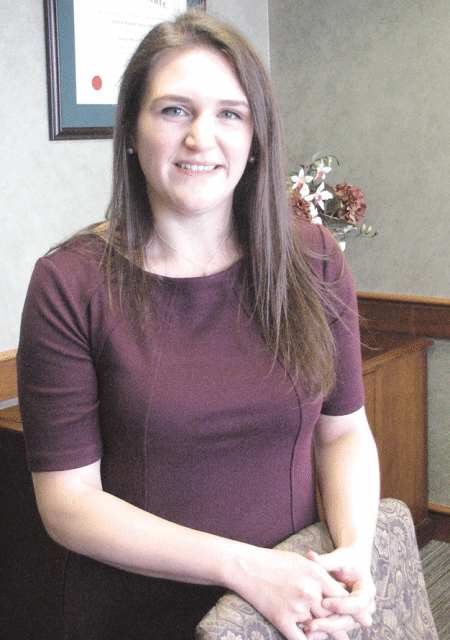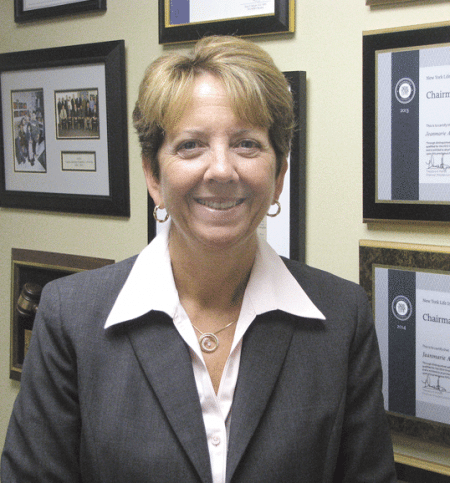Community Spotlight
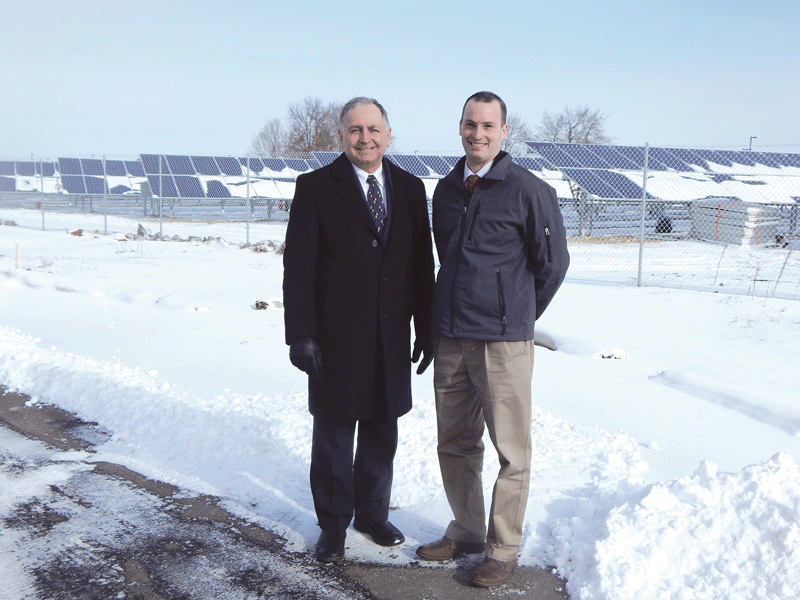
Chicopee Mayor Richard Kos, left, and Michael Vedovelli say the new, three-megawatt solar farm on James Street will benefit the city and reduce the cost of electricity at Westover Air Reserve Base.
Richard Kos says officials in Chicopee are doing all they can to foster good relationships with developers, government leaders, and local businesses, and their efforts have led to a strong surge in growth.
“In 2016 the building department issued $31 million in building permits, but we anticipate that, by the end of the first half of 2017, we will more than double that amount,” the mayor said.
Indeed, the list of projects in the planning stages or underway is not only lengthy but diverse in nature, ranging from new hotels to new and improved housing, a solar farm, business expansions, infrastructure improvements, and progress at the Uniroyal and Facemate properties. There’s also a new Mercedes-Benz dealership under construction on Burnett Road.
Chicopee has a can-do attitude, is business-friendly, and has officials who come up with optimal solutions to problems. All of the department heads have given us input to make the building process go smoothly.”
Peter Wirth is co-owner of that $12 million, 37,000-square-foot, state-of-the-art facility, expected to open in late summer or early fall. He and his partner took their time searching for a location in the metro Springfield area before choosing a site next to the entrance of Interstate 291 and exit 6 on the Mass Pike, and said city officials have done everything possible to help them meet their timetables.
“Chicopee has a can-do attitude, is business-friendly, and has officials who come up with optimal solutions to problems,” Wirth said. “All of the department heads have given us input to make the building process go smoothly.”
Other developments off exit 6 include construction of a $20 million Tru by Hilton Hotel by the owners of a Days Inn who demolished the outdated hotel on 450 Memorial Dr. to make way for the new structure.
“The project will include a Starbucks, a Wendy’s restaurant, an Irving gas station, and a sit-down restaurant that will be named later,” Kos said as he talked about reasons that make Chicopee a desirable place to live and operate a business.
“We’re the third-largest city west of 495 and are known as the ‘crossroads of New England’ because Interstate 91 and two exits of the Mass Pike intersect here,” the mayor noted, adding that the city’s financial stability and the traffic that runs through it add to its appeal.
But he attributes the rapid acceleration in growth to concerted efforts that began in 2014 after he was elected mayor for the second time.
“In a time when people are losing faith in government, Chicopee has seen unprecedented cooperation between its leaders, locally and on the state level,” Kos said. “We are working together to get things done and are excited about the industries that have chosen to invest here.”
For this issue, BusinessWest outlines some of the major projects that took place in Chicopee last year as well as those scheduled to begin in 2017.
Cooperative Efforts
A three-megawatt solar farm under construction on a 26-acre site off of Outer Drive and Goodwin Street is an example of how combined efforts have led to growth.
Last summer, the city was finally able to raze 100 units of military housing units on the site, which had sat unused for two decades and become problematic. Although Chicopee acquired the property from the Navy in 2011 after five years of negotiations, restrictions and their condition had prevented the city from renovating the structures or reusing the land for other purposes
“The housing was an eyesore, in a state of disrepair that had become a hazard to the neighborhood due to vandalism, vagrants, and other problems,” Kos said.
In 2015, he proposed putting a solar farm on the site, and after the City Council and neighbors endorsed the idea, Chicopee was awarded a $1 million MassDevelopment grant to remediate the property that was matched with funds from city coffers.
The money came from the state’s $5.9 million bond bill grant program to support the Clean Energy Assessment & Strategic Plan for Massachusetts Military Installations, and the housing was finally torn down.
In December, a lease agreement was signed with Chicopee Solar LLC, a subsidiary of ConEdison Development, to build a solar farm on 21 of the 26 acres.
“We gave the company permission to begin working at the site while the final details were being worked out,” Kos said, explaining that ConEdison had to have all mechanical components installed and ready for operation by Jan. 8 to meet a deadline set by the Mass. Department of Energy that would allow it to receive solar renewable-energy credits.
“They worked under a very tight timeline and brought in electricians from all over New England, but there was complete cooperation between the company, the city, and the state, and the installation was finished on time,” said Michael Vedovelli, the city’s director of Community and Economic Development.
Increasing a city’s market rate residential population is one of the real secrets of urban success.”
Kos added that the city’s investment will be recouped in 10 years through tax revenue and income from the lease agreement and the government will also benefit because Westover Air Reserve Base will receive a 5% discount each year on electricity that will amount to $100,000 in annual savings.
He noted that the remaining five acres on the property are available for industrial use and located adjacent to Air Park North and the former Avery Dennison building that is being used by Yankee Candle.
The project has been praised by residents of the Crossing at Ridgewood Village, a condominium association that sits across from the solar farm.
“It’s a wonderful reuse of the property that is great for the region,” said Dottie Sikes, a resident and member of the board of trustees, who recalled living in the former military housing with her husband in 1970 when Westover was an active military base. “The Crossing has always been a great place to live, but it will be much nicer now thanks to the new solar farm.”
The city has also reached an agreement with Mass. Alternative Care Inc. to open a medical-marijuana cultivation facility and dispensary near the Springfield line.
The company plans to convert the former Chicopee Engineering Associates building into a storefront, and the City Council approved a zoning change for a 3,270-square-foot piece of land on East Main Street so the business can begin its operation.
It will be the first of its kind in Hampden County, and Kos said the owners will be ready to plant by April. “The facility will provide patients with necessary treatment options and bring jobs and numerous tax benefits to the city.”
Ongoing work has also taken place at the Uniroyal site, and last year two of the remaining buildings on the 27-acre property were razed.
“We’ll try to repurpose four of the remaining 10 structures,” Vedovelli said, adding that the city has been aggressive in pursuing funds to remediate the brownfields and received three $200,000 grants from the Environmental Protection Agency last year.
“It is a tribute to our grant writer and our team,” he said, noting that only 53 projects in the country received the grants.
Previously, the City Council had appropriated $185,000 to make roof repairs, cover a broken skylight, and board up broken windows in the administration building on the Facemate property at Oak and Grove streets. A full abatement of that 62,000-square-foot structure will be completed this spring, and a request for proposals will be issued later in the year.
Interest in the Facemate property continues to grow, and David Spada from Lawrence has plans to build a $22.9 million, 92-room assisted-living facility on Lot 4 of a 3.85-acre parcel that has frontage on West Main Street across from the Chicopee Falls Post Office, and will be situated off a new road which leads to the RiverMills Senior Center.
Residential Growth
Two years ago, Mount Holyoke Development purchased the Lyman Mills in Chicopee Center, and plans are now underway to convert the former textile-manufacturing plant into 110 market-rate apartments. The buildings were unoccupied for four years, and the new units will be loft-style work/live spaces designed to appeal to young entrepreneurs.
Kos said the project was made possible in part by a $2.6 million MassWorks grant the city received last year that will be used to upgrade water, sewer, and storm-water lines in the area. Tighe and Bond is designing the project, and the work will begin this summer.
“Increasing a city’s market-rate residential population is one of the real secrets of urban success,” the mayor said, noting that such development becomes a catalyst for further growth as residents put feet on the street and increase business at local establishments and restaurants.
Change is also occurring at the former Kendall House in Chicopee Center as a result of collaborative efforts. Valley Opportunity Council acquired the building from HAPHousing Inc. last year, and has plans for a $7 million renovation that will convert the rooming house, which housed Quicky’s restaurant on its first floor, into 39 affordable studio apartments.
“We’re working to improve the affordable-housing stock within the city, and by collaborating with the state, VOC received a $3.1 million grant to help restore the Kendall House,” the mayor said, adding that the nonprofit will cover the remainder of the renovation costs.
He told BusinessWest the city is also working to increase home ownership through two incentive programs. The first is the First Time Home Buyers Assistance Program, which helped 22 eligible families last year by giving each up to $5,000 toward the purchase of a new home.
The second initiative is aimed at people willing to purchase three-family homes and live in them, which ensures the likelihood that they will be kept in good condition. New homeowners in the program are given $1,000 each year for up to 16 years as long as they reside in the properties.
“The majority of these homes are in Chicopee Falls, Chicopee Center, and Willimansett, and the program continues to grow and pay dividends,” the mayor said.
Improvements are also being made to the city’s parks; a $225,000 spray park with other amenities was completed at Wisniowski Memorial Park last year, and $225,000 will be invested to make enhancements to Sarah Jane Park this year.
In addition, legislators are working to grant approval to use the former Chicopee Falls Library building as a home for a third Head Start program.
Work on a new parking lot downtown has also been completed. It features 15 designated public spaces as well as parking for patrons of Munich Haus restaurant. The city has also applied to become designated as a Green Community, which would make it eligible for grants for improvements to city buildings.
Continuing Progress
Last summer, Pilgrim Interiors Inc. expanded, and several weeks ago U.S. Tsubaki Automotive LLC held its formal groundbreaking ceremony for a $11.5 million, 100,000-square-foot expansion.
“It will preserve 348 jobs and result in 35 new ones,” Vedovelli said, adding that the company decided to remain in Chicopee after considering a move to either Tennessee or Mexico.
New businesses continue to be attracted to the city, and last year PV Sullivan Supply Co. Inc. and Holden Humphrey Co. were welcomed.
Growth is expected to continue as seeds that were planted take root, and the outlook for this year is exceptionally bright.
“Chicopee is still the biggest small town in Massachusetts,” said Kos. “We’re like the old Cheers bar where everyone knows your name, and are making great progress because we work together in a way that benefits our community as well as its residents.”
Chicopee at a glance
Year Incorporated: 1848
Population: 55,603
Area: 23.9 square miles
County: Hampden
Residential Tax Rate: $17.31
Commercial Tax Rate: $32.49
Median Household Income: $47,276
median family Income: $65,443
Type of government: Mayor; City Council
Largest Employers: Westover Air Reserve Base; City of Chicopee; J. Polep Distribution Services; Turbo Care Inc.
* Latest information available



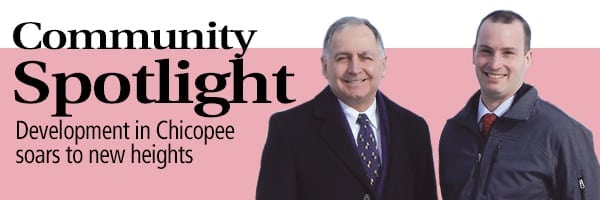
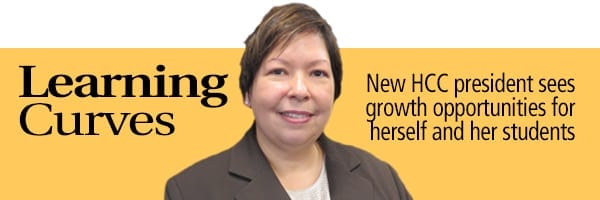
 Christina Royal recently took the helm at Holyoke Community College. She brings with her a phrase, or saying, that she contrived and uses often as she talks about higher education and her approach to it: “it takes a village to raise a student.”
Christina Royal recently took the helm at Holyoke Community College. She brings with her a phrase, or saying, that she contrived and uses often as she talks about higher education and her approach to it: “it takes a village to raise a student.”

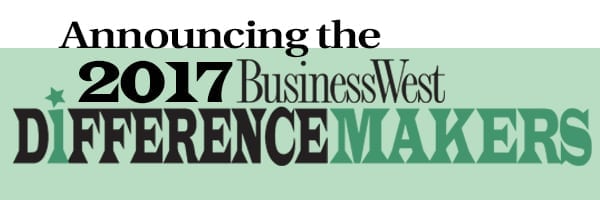
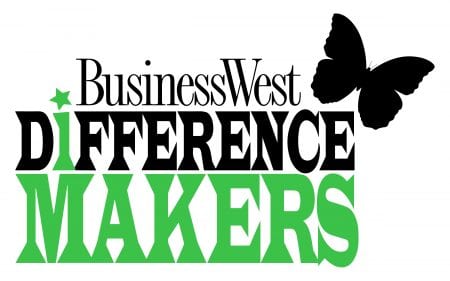

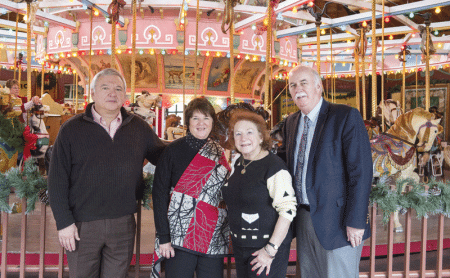
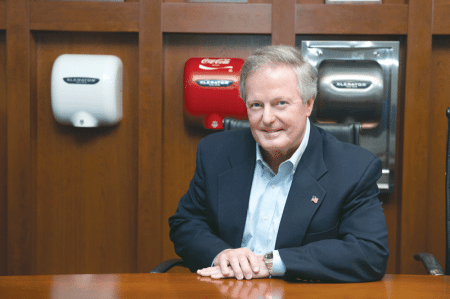

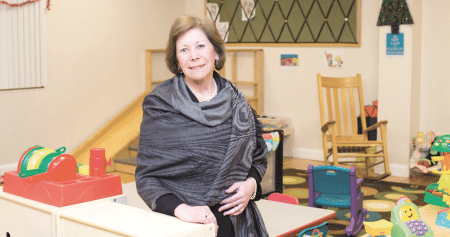




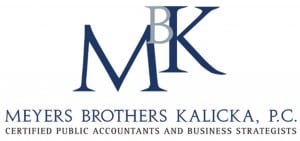



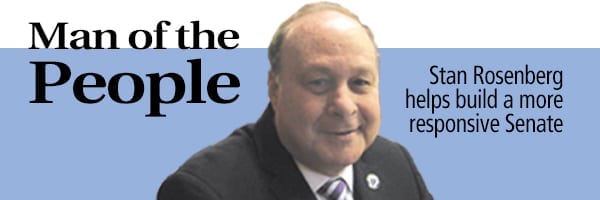
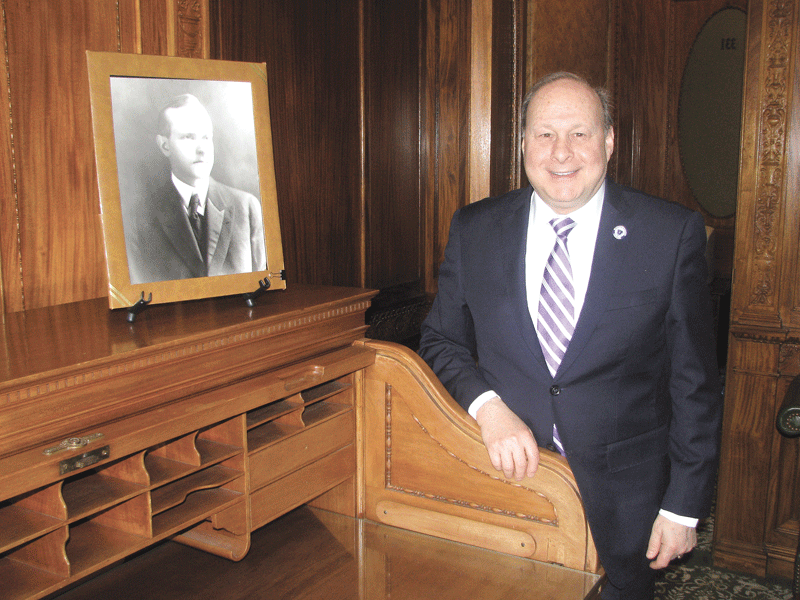


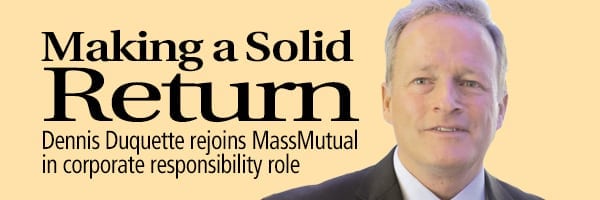
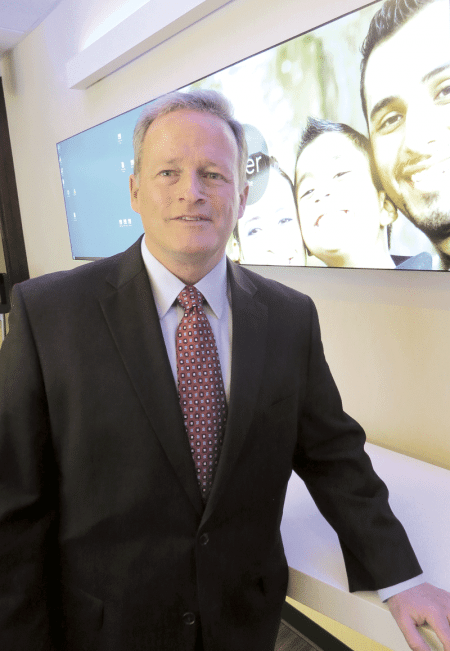 Dennis Duquette left MassMutual nearly 30 years ago for what would become a variety of roles at Fidelity Investments in Boston, most all of them in the realms of community relations and corporate responsibility. He says he’s passionate about such work — passionate enough to quickly put aside any thought of retirement last year and agree to lead the team handling those assignments at MassMutual.
Dennis Duquette left MassMutual nearly 30 years ago for what would become a variety of roles at Fidelity Investments in Boston, most all of them in the realms of community relations and corporate responsibility. He says he’s passionate about such work — passionate enough to quickly put aside any thought of retirement last year and agree to lead the team handling those assignments at MassMutual.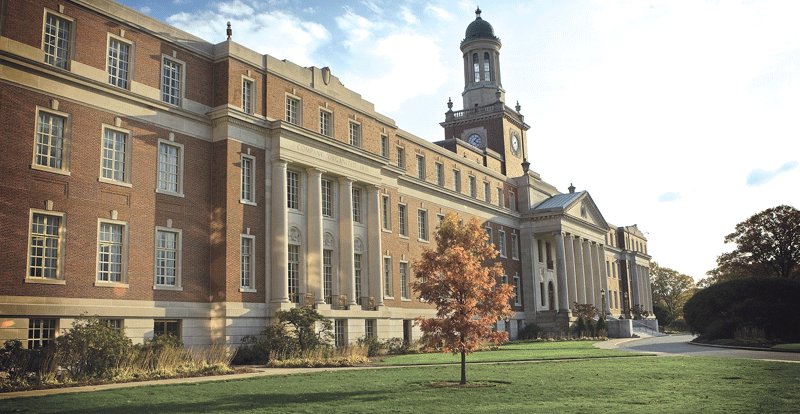


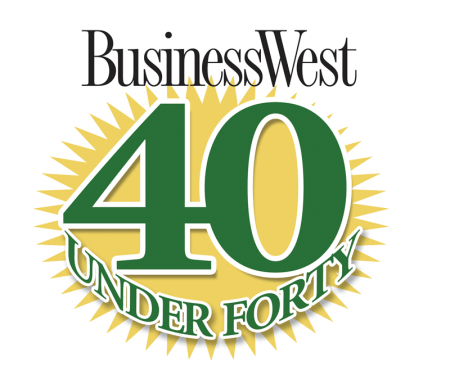 It was a decade ago — if not to the day, then pretty darn close — when the leaders at BusinessWest conceptualized a new recognition program.
It was a decade ago — if not to the day, then pretty darn close — when the leaders at BusinessWest conceptualized a new recognition program.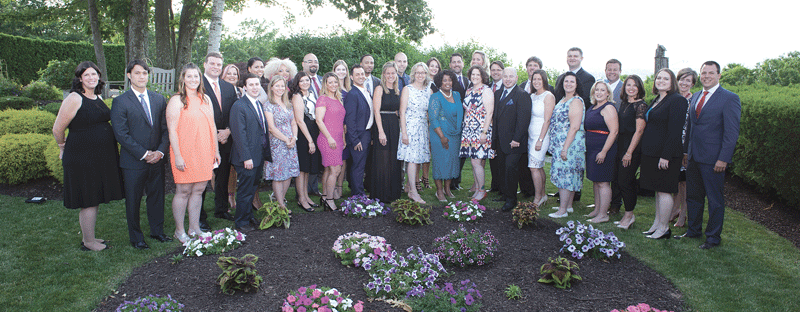

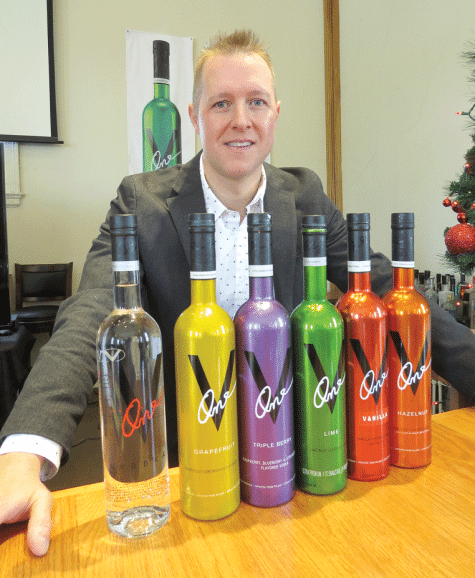 When he launched the
When he launched the 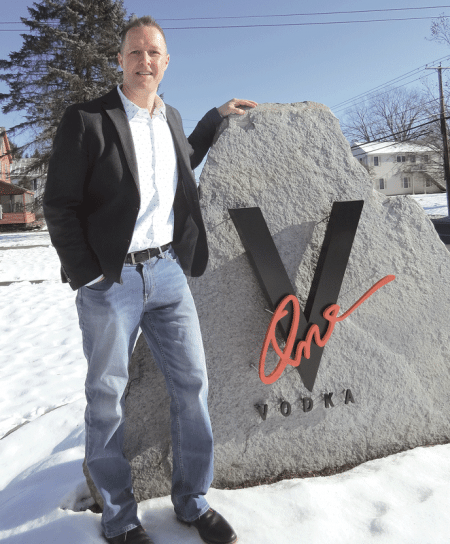
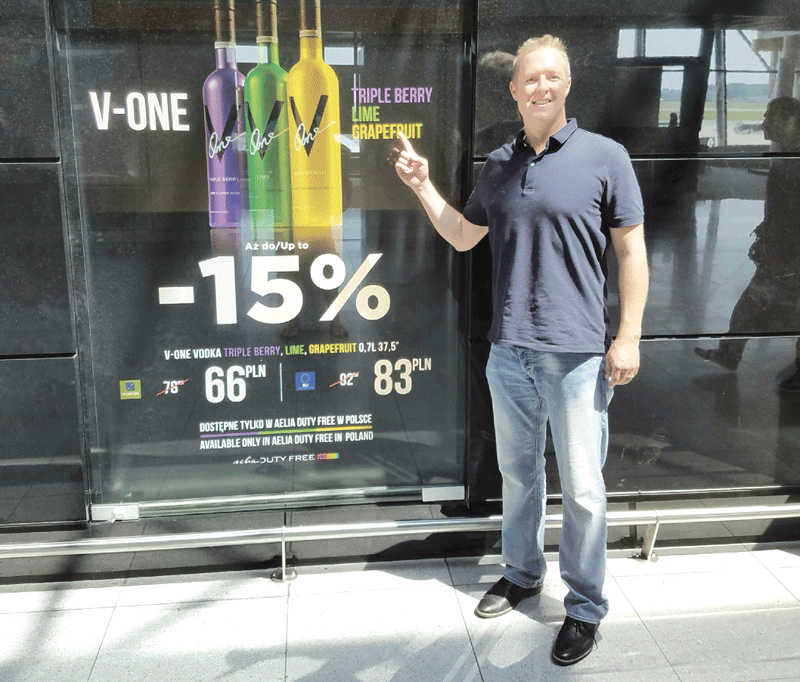

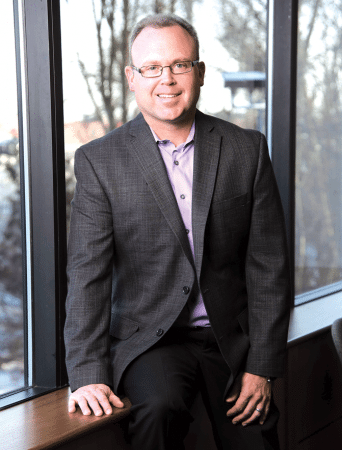





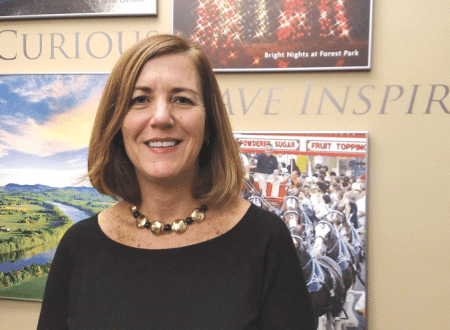

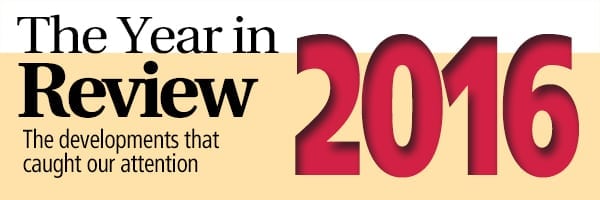
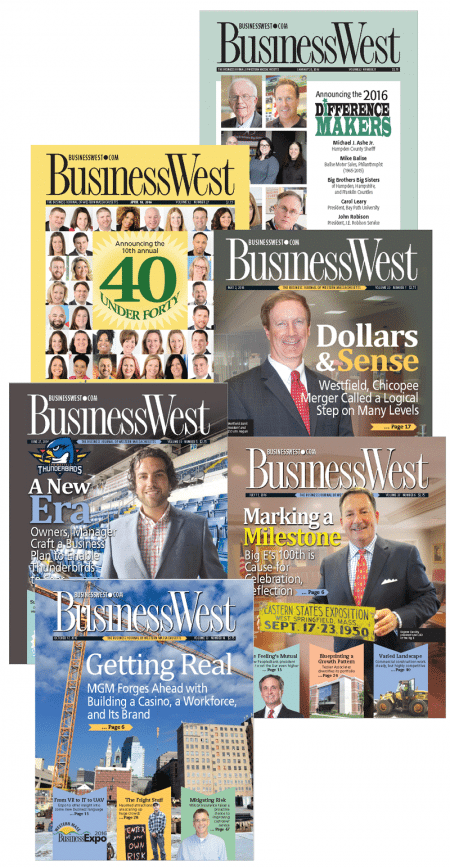


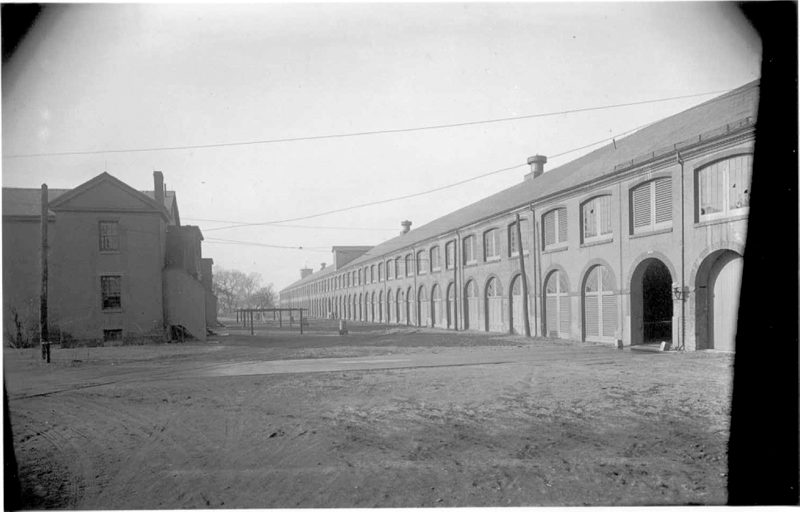


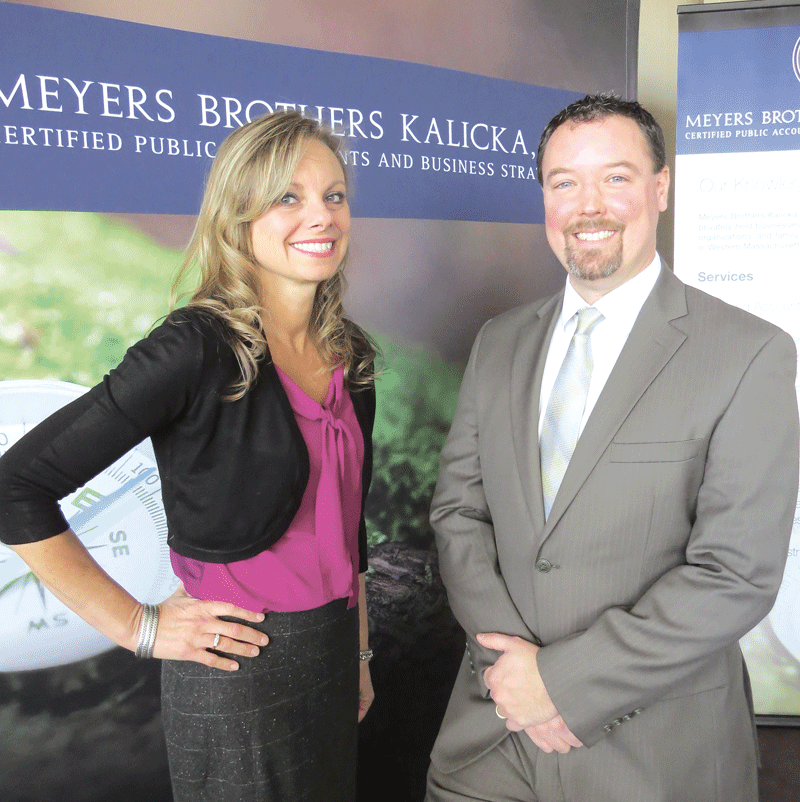
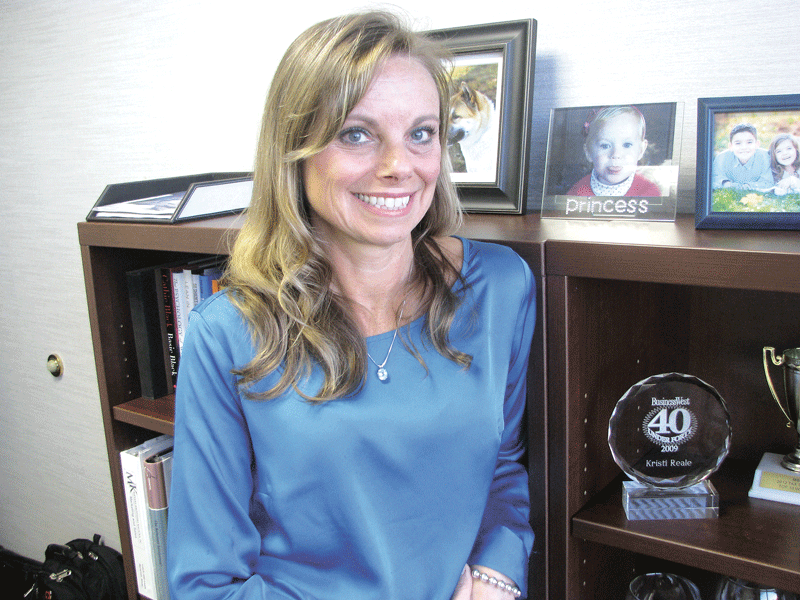
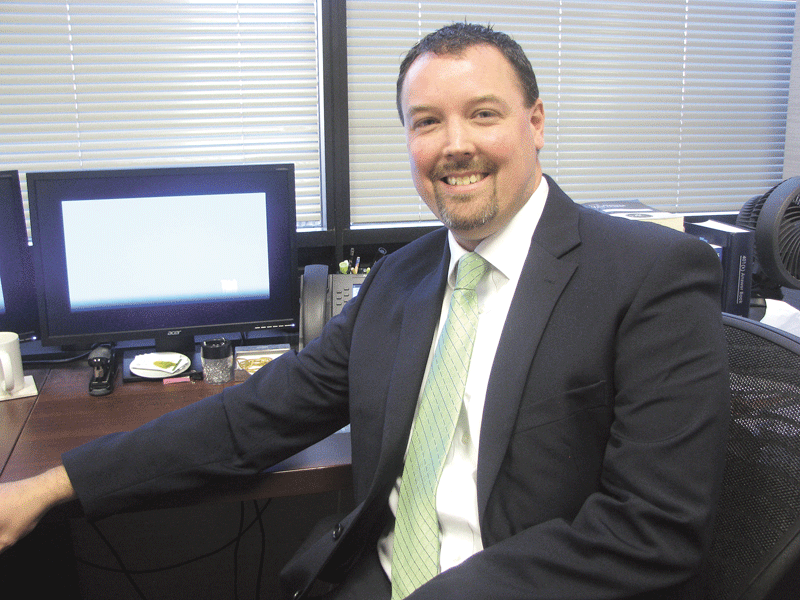

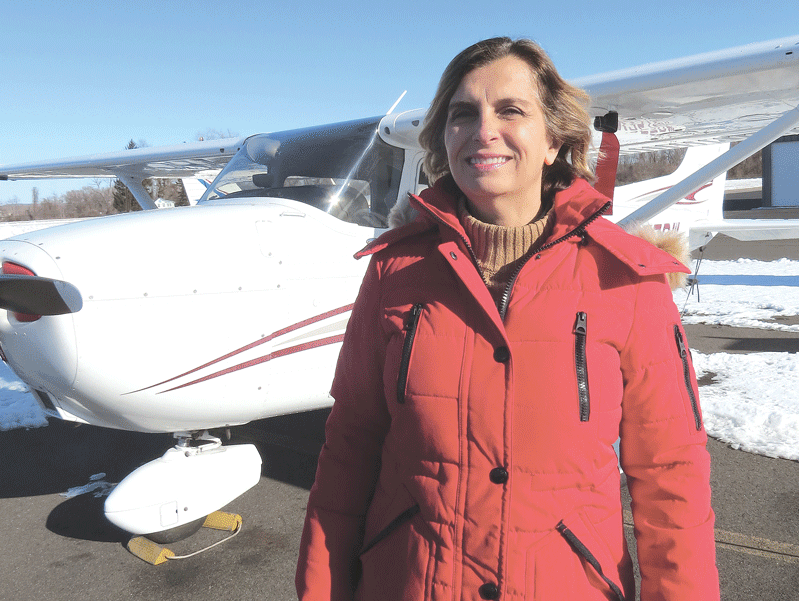
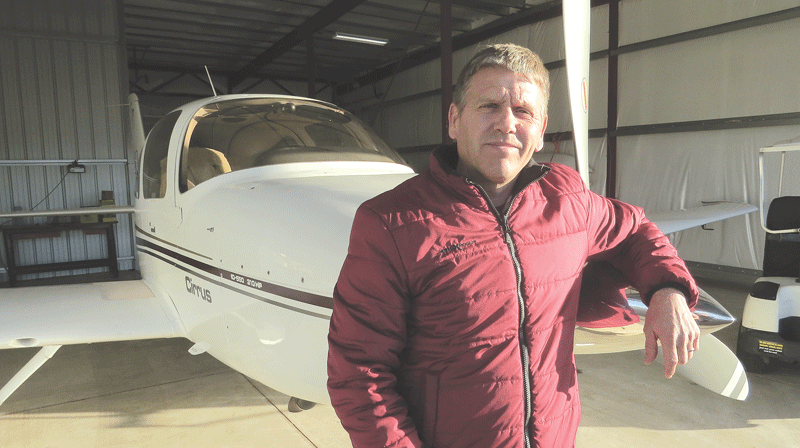


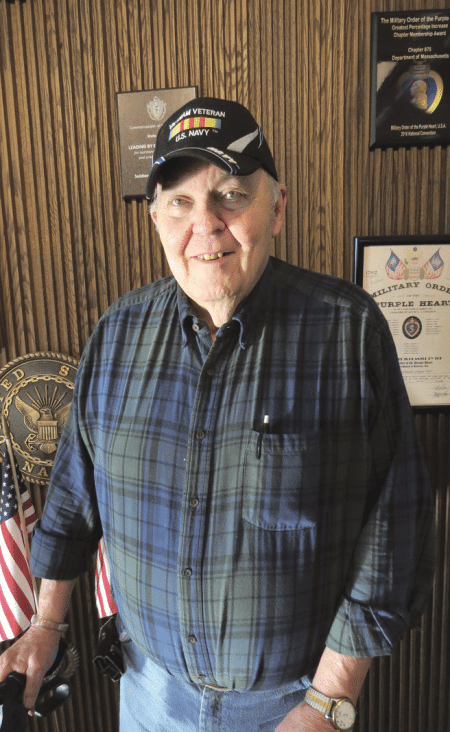
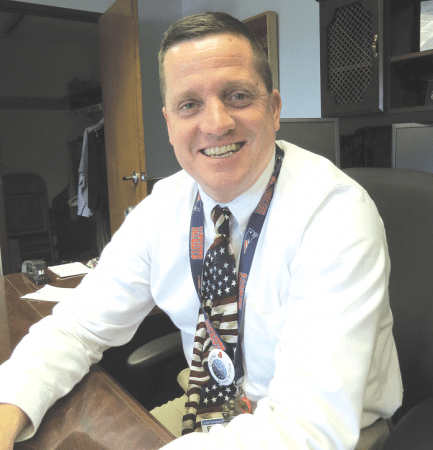


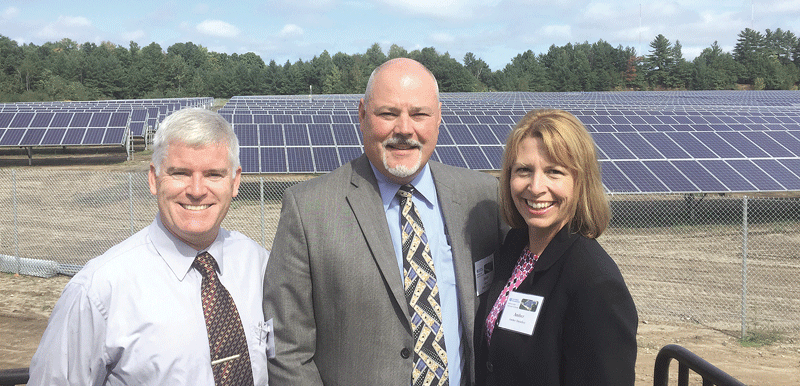
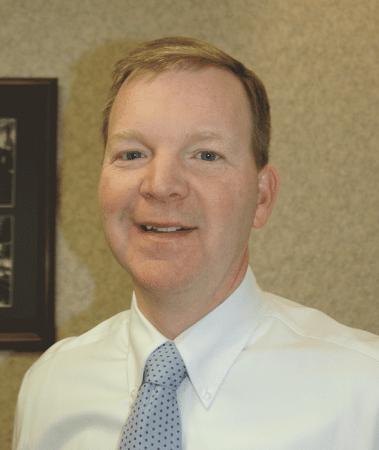

 After six years of largely uninterrupted economic growth in both Massachusetts and the U.S. as a whole, questions have arisen as to how long the expansion can last, especially coming on the heels of an unusual election season and amid sluggish economic trends internationally. The consensus seems to be that the present course should hold in 2017, but also that recessions are a regular occurrence in the American economy, and it wouldn’t take much to spark a slowdown. For now, though, cautious optimism reigns.
After six years of largely uninterrupted economic growth in both Massachusetts and the U.S. as a whole, questions have arisen as to how long the expansion can last, especially coming on the heels of an unusual election season and amid sluggish economic trends internationally. The consensus seems to be that the present course should hold in 2017, but also that recessions are a regular occurrence in the American economy, and it wouldn’t take much to spark a slowdown. For now, though, cautious optimism reigns.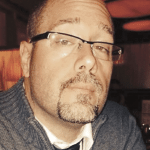


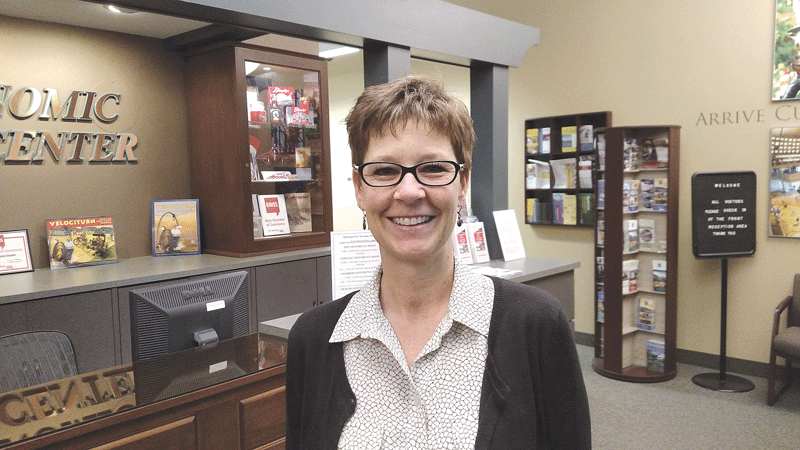
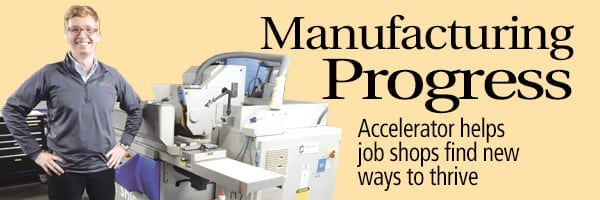
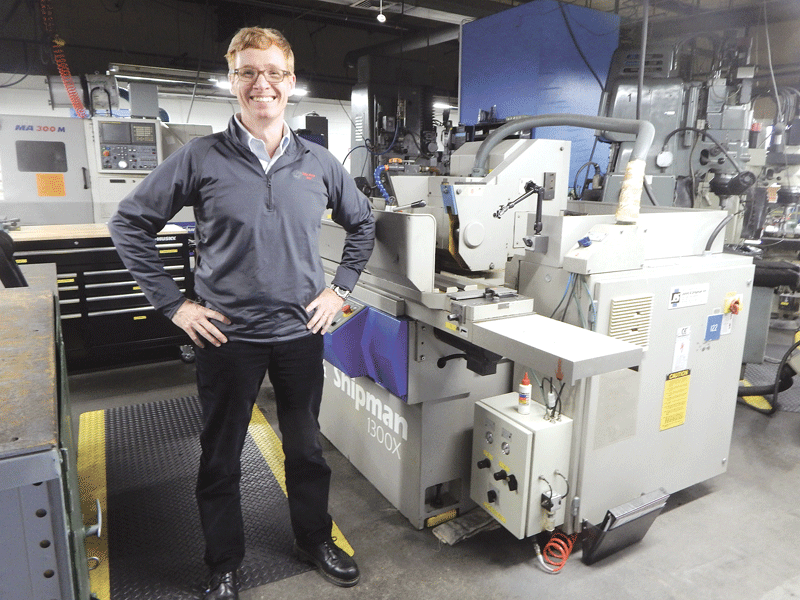
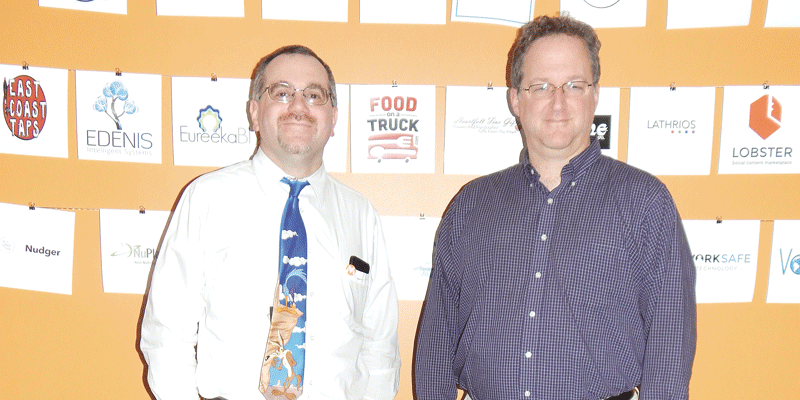
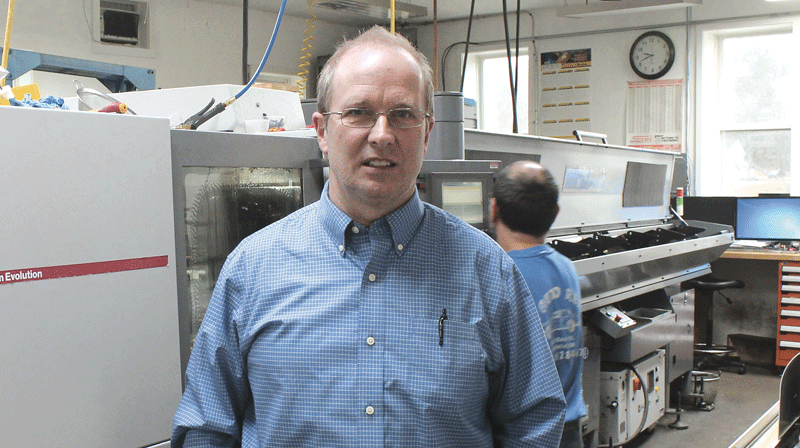
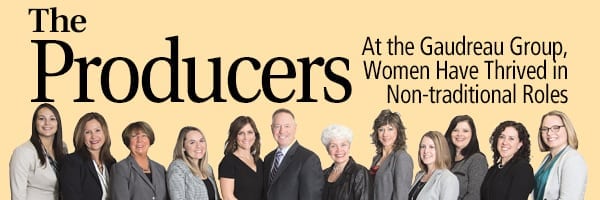


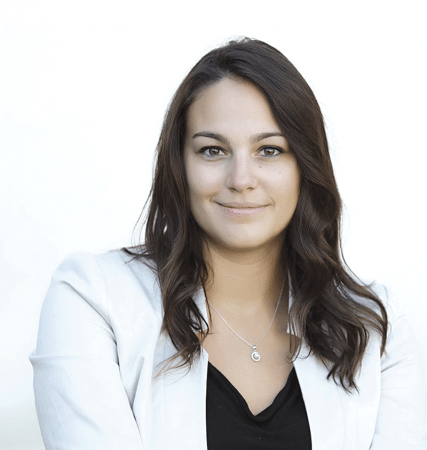
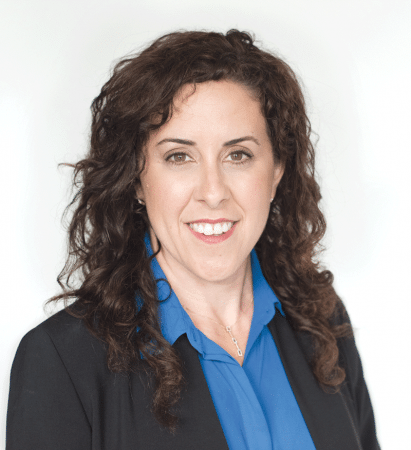


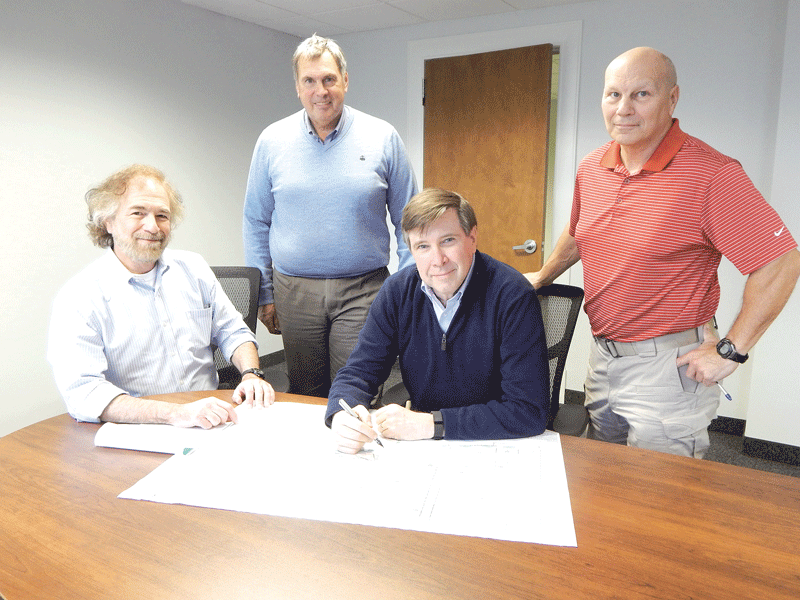

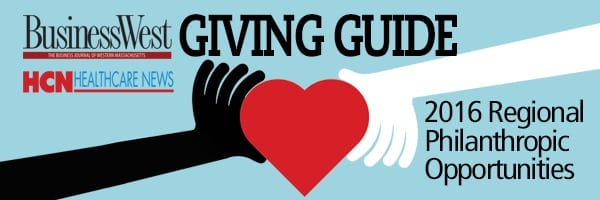


 On Nov. 8, voters said ‘yes’ to Question 4, the so-called Massachusetts Marijuana Legalization Initiative. But that’s all they said ‘yes’ to. What happens now, concerning everything from whether marijuana shops can be licensed, to where and how many of them, remain somewhat unsettling question marks that municipalities will need to resolve.
On Nov. 8, voters said ‘yes’ to Question 4, the so-called Massachusetts Marijuana Legalization Initiative. But that’s all they said ‘yes’ to. What happens now, concerning everything from whether marijuana shops can be licensed, to where and how many of them, remain somewhat unsettling question marks that municipalities will need to resolve.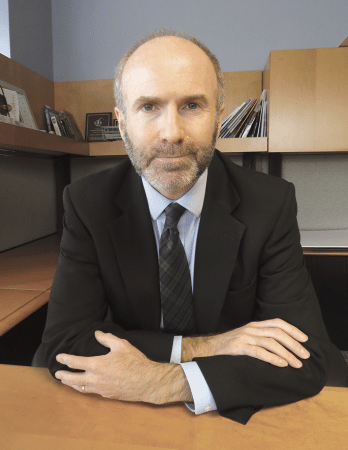
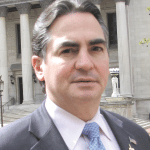
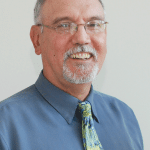






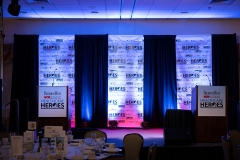
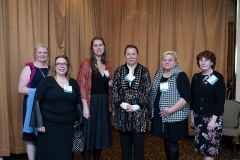
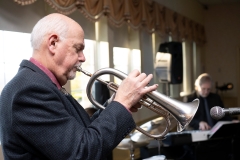




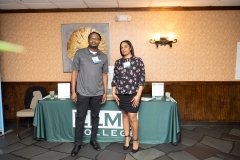






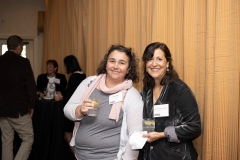

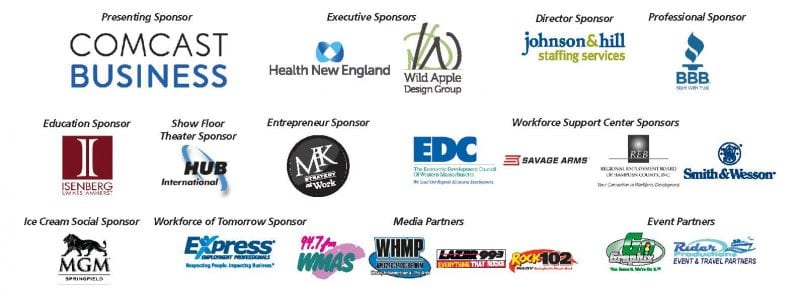

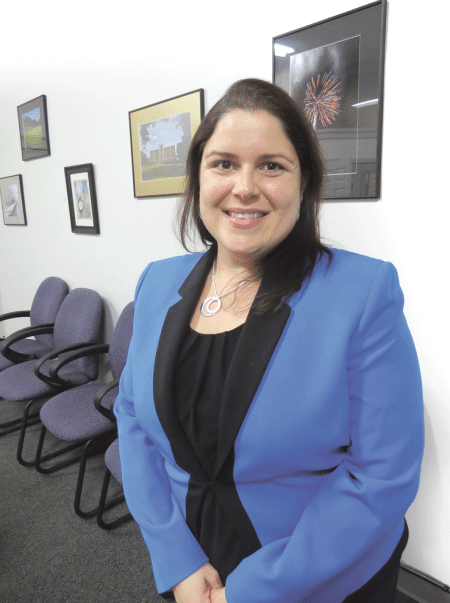
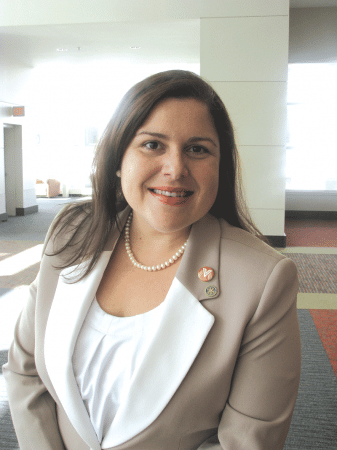
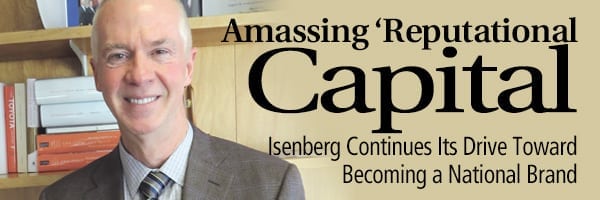
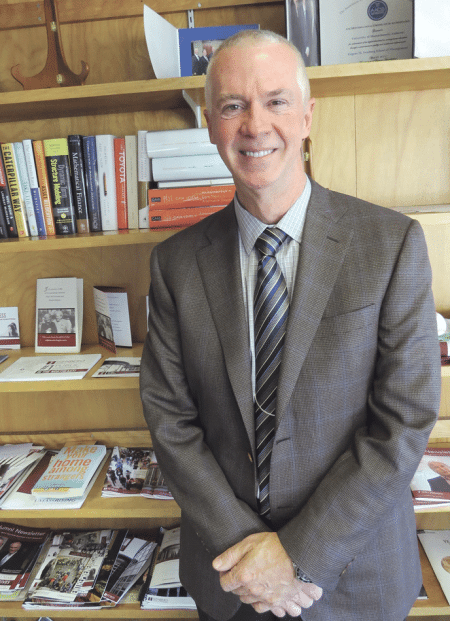
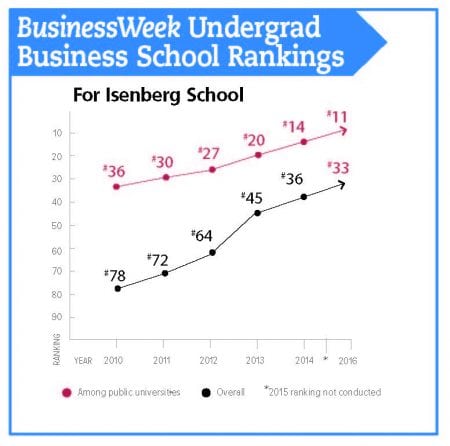
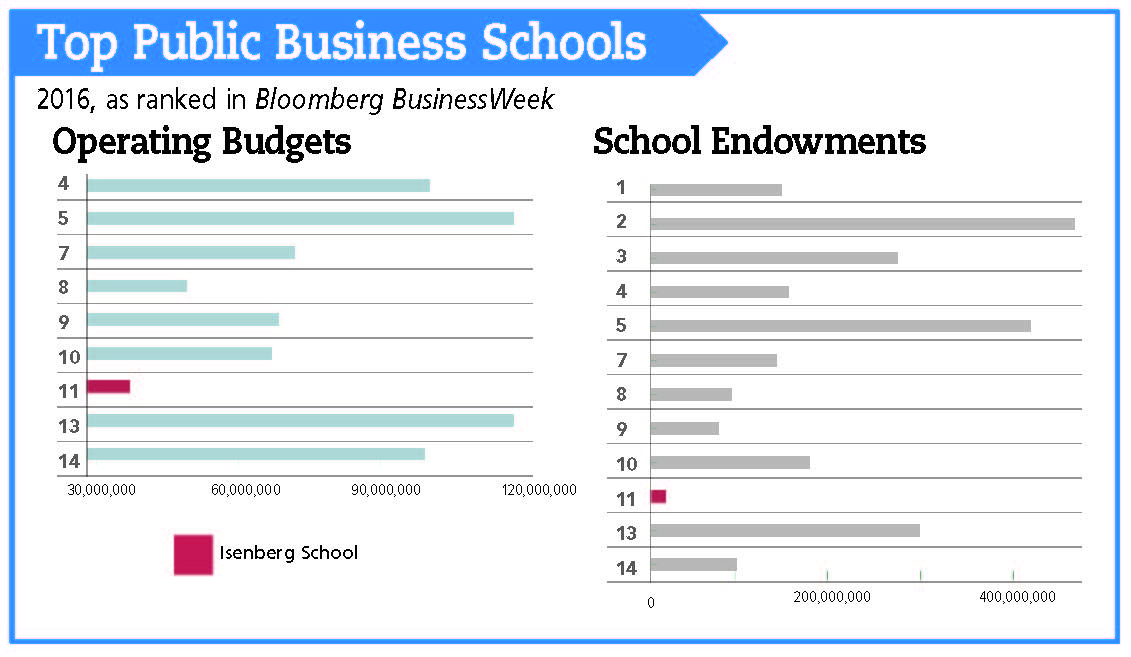

 The holiday season will soon be upon us, and choosing a gift for a business professional or customer that will make their life easier or provide a bright spot in their day can be a daunting, but ultimately satisfying, task.
The holiday season will soon be upon us, and choosing a gift for a business professional or customer that will make their life easier or provide a bright spot in their day can be a daunting, but ultimately satisfying, task. Many people make an annual New Year’s resolution to exercise more, and a Fitbit 2 Heart Rate and Fitness Band may be the ideal gift to help goal-oriented professionals meet with success.
Many people make an annual New Year’s resolution to exercise more, and a Fitbit 2 Heart Rate and Fitness Band may be the ideal gift to help goal-oriented professionals meet with success. Anyone who likes to cook or enjoys a good salad will appreciate a gift of extra-virgin olive oil grown by members of the Falvo family in the Calabria region of Southern Italy. Tre Olive in East Longmeadow has individual bottles starting at $9.99, balsamic vinegars and spreads, beautiful gift boxed tins starting at $19.99, and olive-oil soaps flavored with lemongrass, fig, and other intriguing combinations.
Anyone who likes to cook or enjoys a good salad will appreciate a gift of extra-virgin olive oil grown by members of the Falvo family in the Calabria region of Southern Italy. Tre Olive in East Longmeadow has individual bottles starting at $9.99, balsamic vinegars and spreads, beautiful gift boxed tins starting at $19.99, and olive-oil soaps flavored with lemongrass, fig, and other intriguing combinations. Business involves daily decisions, but sometimes it’s not clear what to do. In these cases, it’s simple to alleviate stress — or just have a moment of fun — by pressing the button in the middle of the Natico decision maker and paperweight.
Business involves daily decisions, but sometimes it’s not clear what to do. In these cases, it’s simple to alleviate stress — or just have a moment of fun — by pressing the button in the middle of the Natico decision maker and paperweight. Comfort is priceless, and spending hours behind a desk can lead to chronic back pain, but Herman Miller offers an almost foolproof solution with its classic Aeron desk chair.
Comfort is priceless, and spending hours behind a desk can lead to chronic back pain, but Herman Miller offers an almost foolproof solution with its classic Aeron desk chair. There’s nothing to brighten up a day like getting a gift at work, and coffee lovers will be thrilled to find a delivery of freshly roasted gourmet coffee sent to them weekly by Share Coffee Roasters in Hadley. The first bag is free, and after that, weekly packages are sent for the length of time you choose and come in 6-, 12-, or 18-ounce packages.
There’s nothing to brighten up a day like getting a gift at work, and coffee lovers will be thrilled to find a delivery of freshly roasted gourmet coffee sent to them weekly by Share Coffee Roasters in Hadley. The first bag is free, and after that, weekly packages are sent for the length of time you choose and come in 6-, 12-, or 18-ounce packages.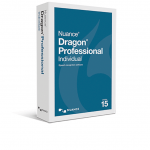 If you know a small-business owner or executive who doesn’t have a secretary or complains frequently about carpal-tunnel pain, Dragon Professional Individual v15 voice-recognition software may usher in tidings of great joy. It can transcribe dictation or an audio interview three times faster than typing, and the person never needs to use their hands. In addition, simple voice commands can be used to edit documents or change formatting with up to 98% accuracy. Cost: $300.
If you know a small-business owner or executive who doesn’t have a secretary or complains frequently about carpal-tunnel pain, Dragon Professional Individual v15 voice-recognition software may usher in tidings of great joy. It can transcribe dictation or an audio interview three times faster than typing, and the person never needs to use their hands. In addition, simple voice commands can be used to edit documents or change formatting with up to 98% accuracy. Cost: $300. Food is always a welcome gift, and a gift basket from Frigo Gourmet Foods in Springfield can be shared at the office, taken to a party, or enjoyed at home. They come in a wide array of prices and styles, but their Old World Italian gift basket is sure to be a hit, with its irresistible mix of seasonal products such as panettone, amarettini cookies, biscotti, torreones, asiago, fontina, parmesan, provolone, salami, pepperoni, and casaling or sopressata meats. Cost: $125 at
Food is always a welcome gift, and a gift basket from Frigo Gourmet Foods in Springfield can be shared at the office, taken to a party, or enjoyed at home. They come in a wide array of prices and styles, but their Old World Italian gift basket is sure to be a hit, with its irresistible mix of seasonal products such as panettone, amarettini cookies, biscotti, torreones, asiago, fontina, parmesan, provolone, salami, pepperoni, and casaling or sopressata meats. Cost: $125 at  Have a frequent flyer on your list? Someone who has trouble concentrating in a noisy workplace, or whose performance soars when listening to music their co-workers might not appreciate? Bose QuietComfort 35 headphones might suit their needs as they combine Bluetooth connectivity with the latest in noise-canceling technology, take a mere 15 minutes to charge, and have an unmatched battery life of 20 hours with a free app that makes switching between devices easy. Cost: $349.
Have a frequent flyer on your list? Someone who has trouble concentrating in a noisy workplace, or whose performance soars when listening to music their co-workers might not appreciate? Bose QuietComfort 35 headphones might suit their needs as they combine Bluetooth connectivity with the latest in noise-canceling technology, take a mere 15 minutes to charge, and have an unmatched battery life of 20 hours with a free app that makes switching between devices easy. Cost: $349. This clear bubble paperweight by the Museum Store at Wheaton Arts is handmade, so the color and size may vary if you purchase more than one, but it’s an unusual gift that is practical, decorative, and comes with a story card. Cost: $34 at
This clear bubble paperweight by the Museum Store at Wheaton Arts is handmade, so the color and size may vary if you purchase more than one, but it’s an unusual gift that is practical, decorative, and comes with a story card. Cost: $34 at  This Easthampton company creates unique gourmet gift baskets and believes that giving a gift basket “shouldn’t make you a basket case.”
This Easthampton company creates unique gourmet gift baskets and believes that giving a gift basket “shouldn’t make you a basket case.”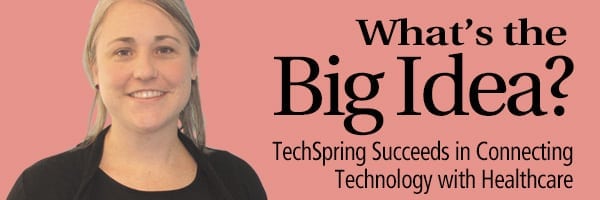



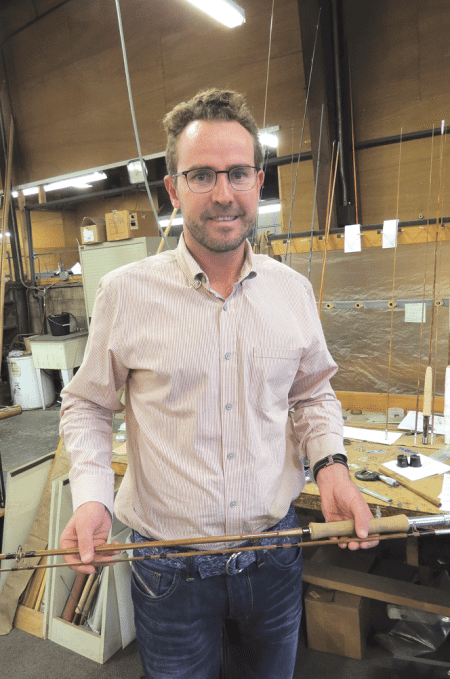





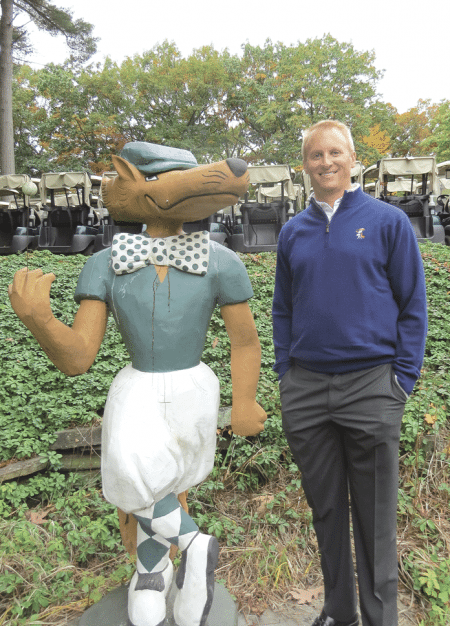
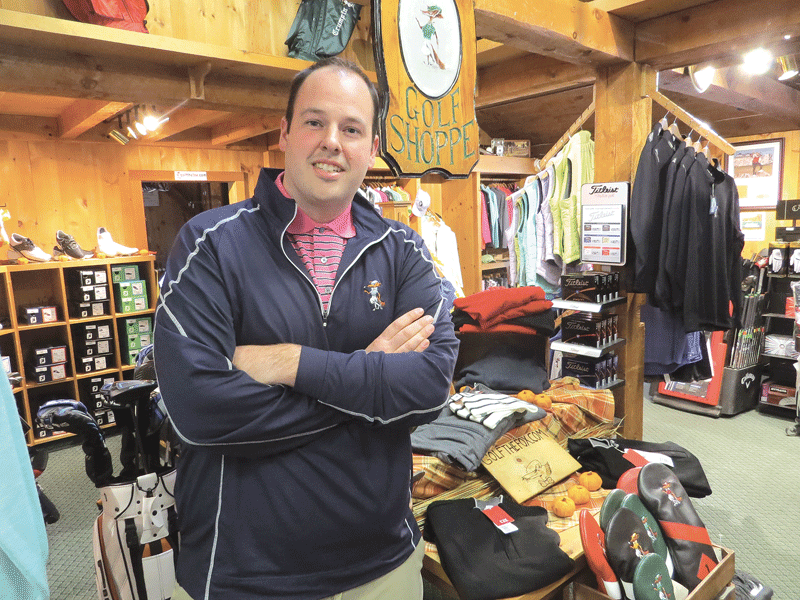
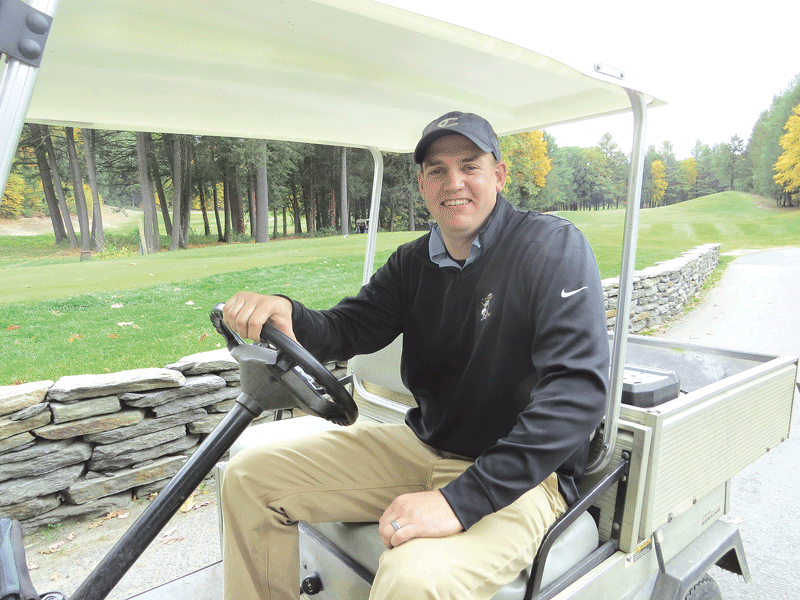


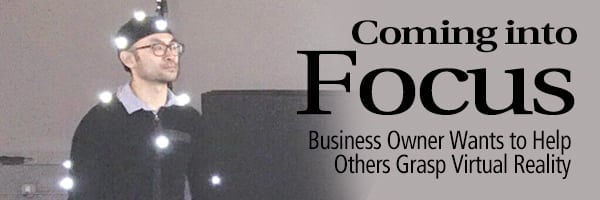
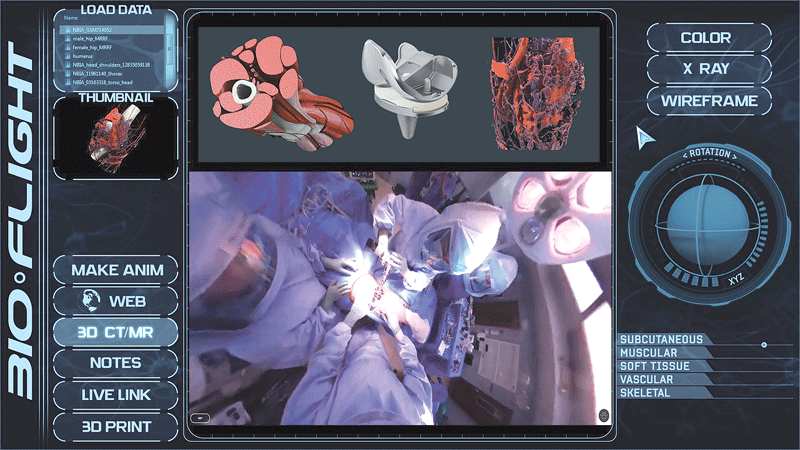
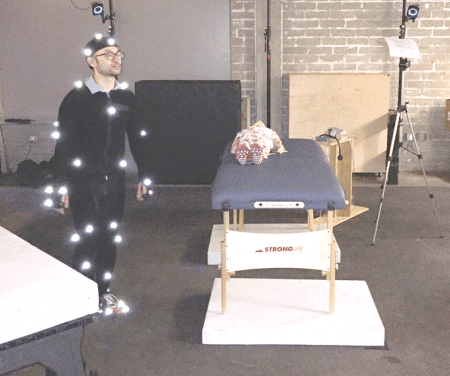


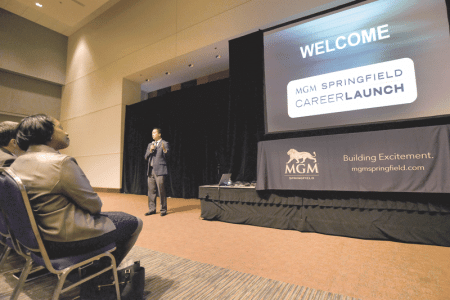
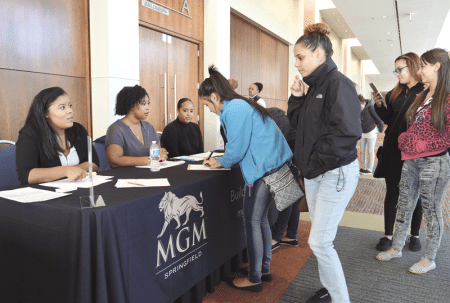



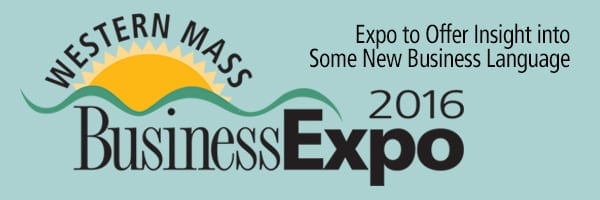




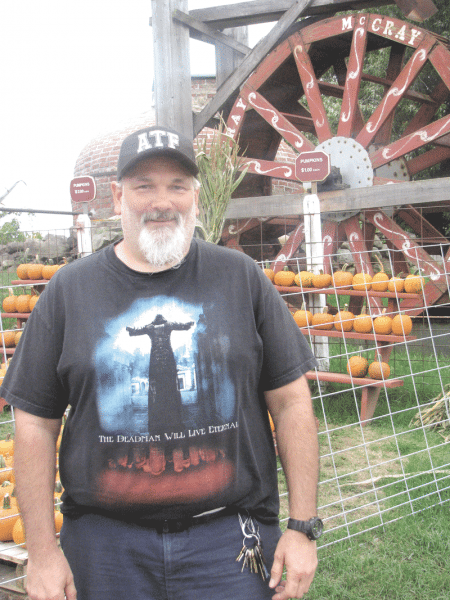


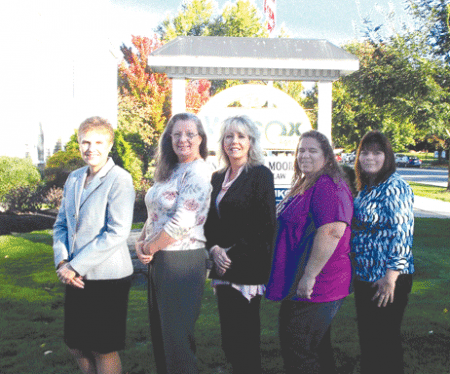
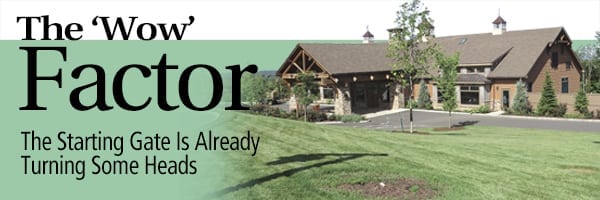
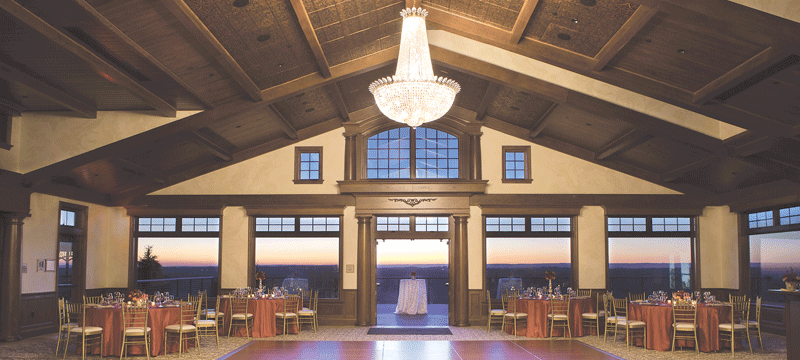
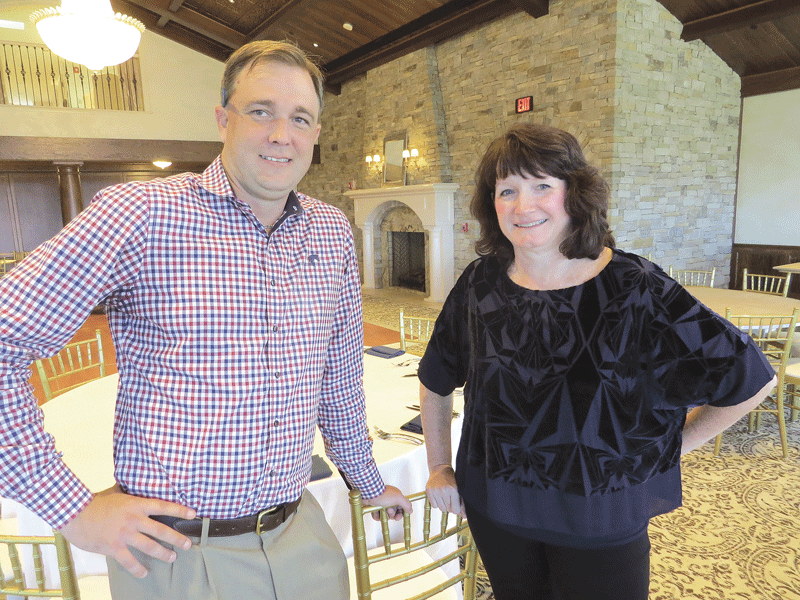

 But beyond convenience and those often-mentioned views, there is a focus on creativity and attention to details that has certainly helped the Starting Gate become a player in a strong field of competitors locally, said Smithwick.
But beyond convenience and those often-mentioned views, there is a focus on creativity and attention to details that has certainly helped the Starting Gate become a player in a strong field of competitors locally, said Smithwick.

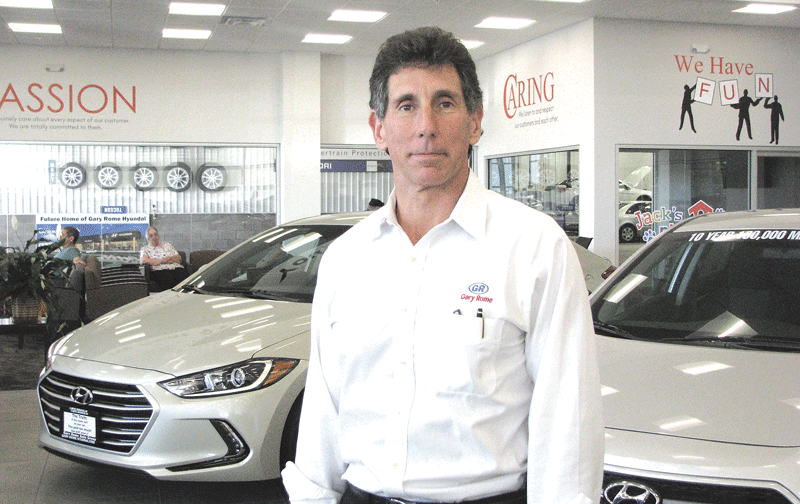
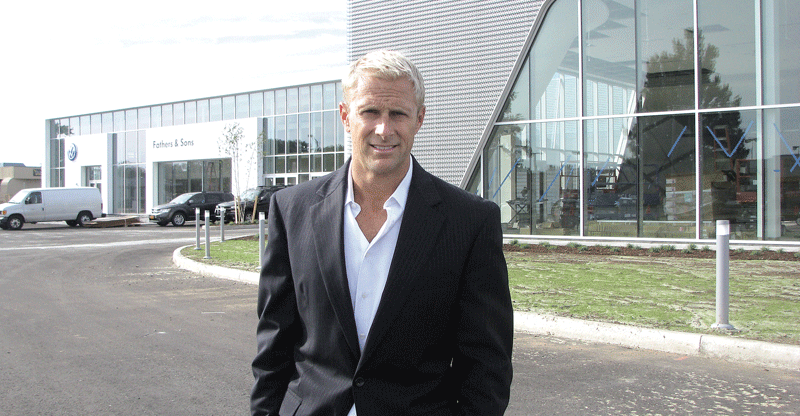
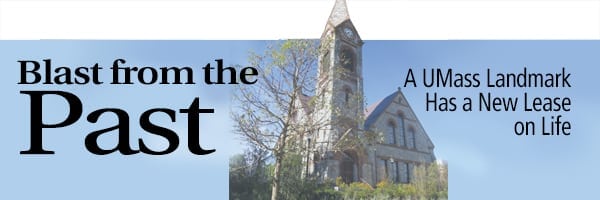
 Built when Chester A. Arthur was patrolling the White House and UMass Amherst was known as the Massachusetts Agricultural College, Old Chapel has witnessed a great deal of history. Yet, much of its own recent history has been one of neglect and disuse. But thanks to the vision and determination of the school’s chancellor, this landmark that has been such a big part of the school’s past will now play an intriguing role in its future.
Built when Chester A. Arthur was patrolling the White House and UMass Amherst was known as the Massachusetts Agricultural College, Old Chapel has witnessed a great deal of history. Yet, much of its own recent history has been one of neglect and disuse. But thanks to the vision and determination of the school’s chancellor, this landmark that has been such a big part of the school’s past will now play an intriguing role in its future.

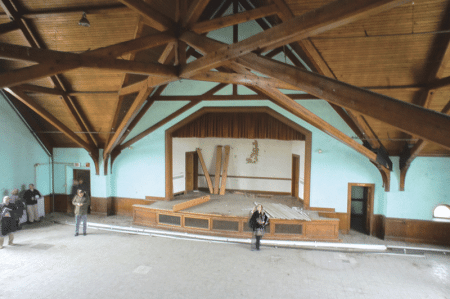
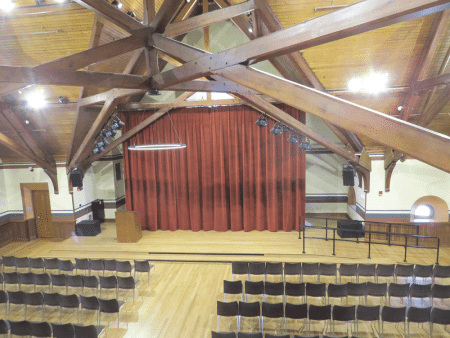
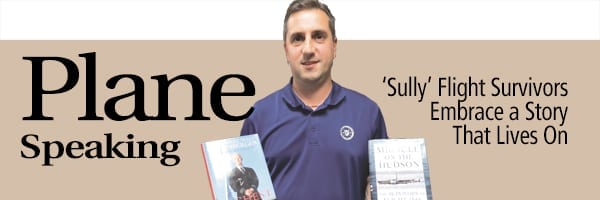
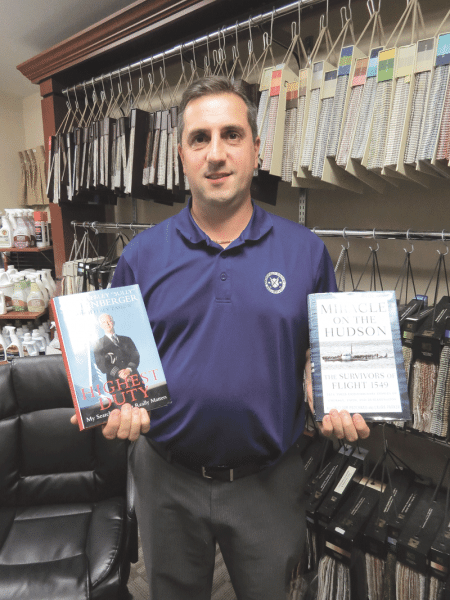


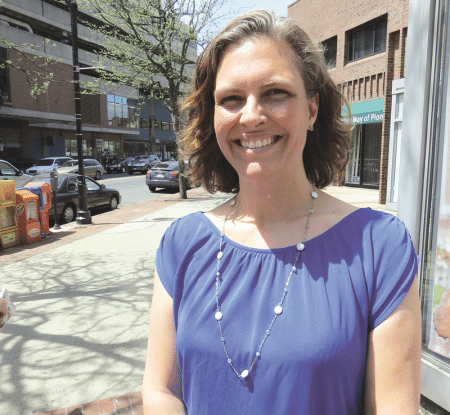
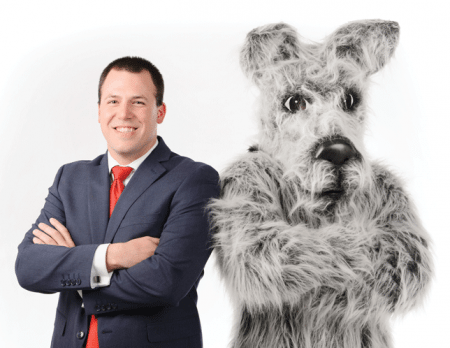
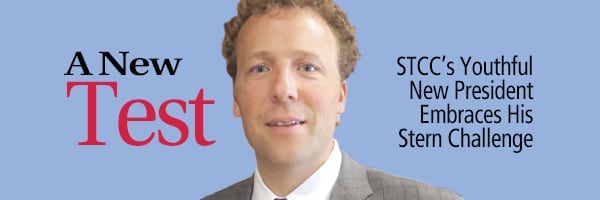
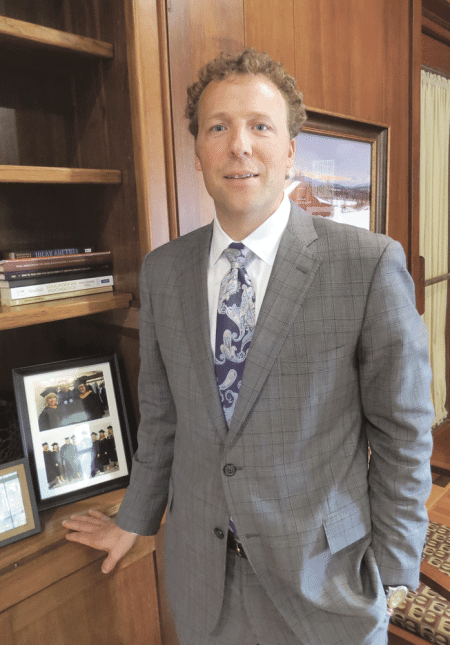
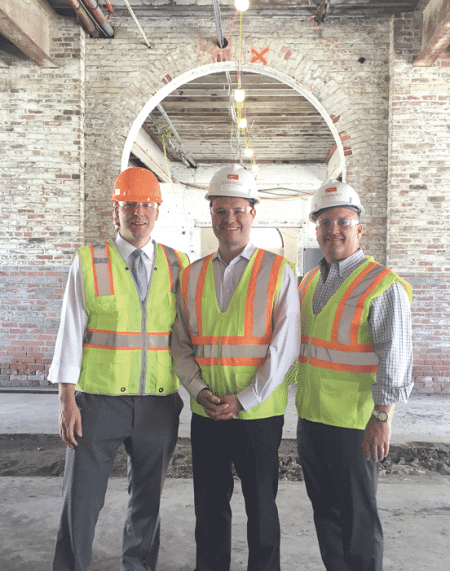
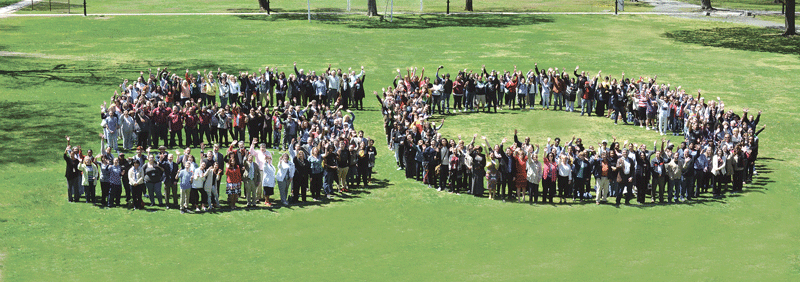

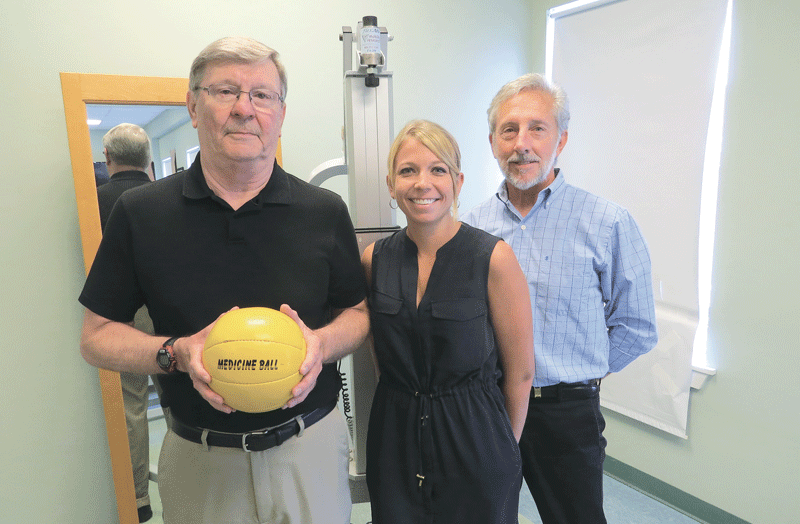
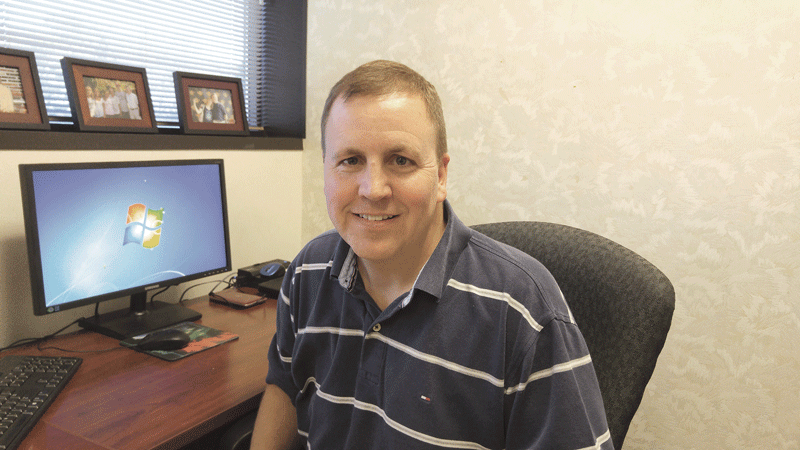
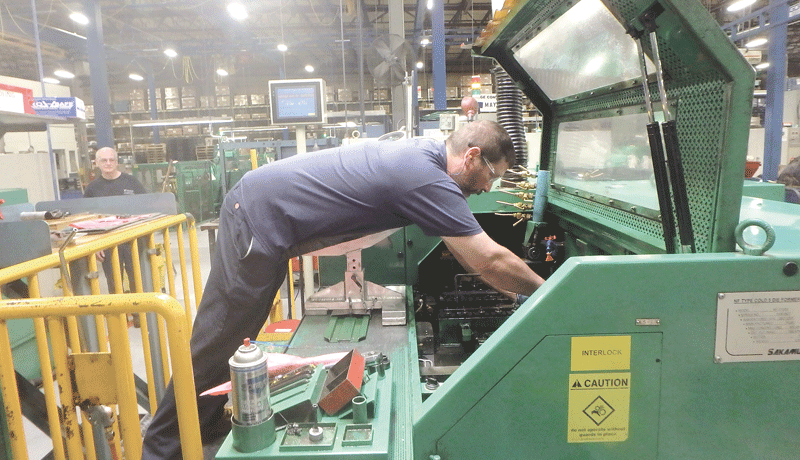
 One of the companies that called was the Springfield office of Merrill Lynch, which was having some issues with new information technology.
One of the companies that called was the Springfield office of Merrill Lynch, which was having some issues with new information technology.
